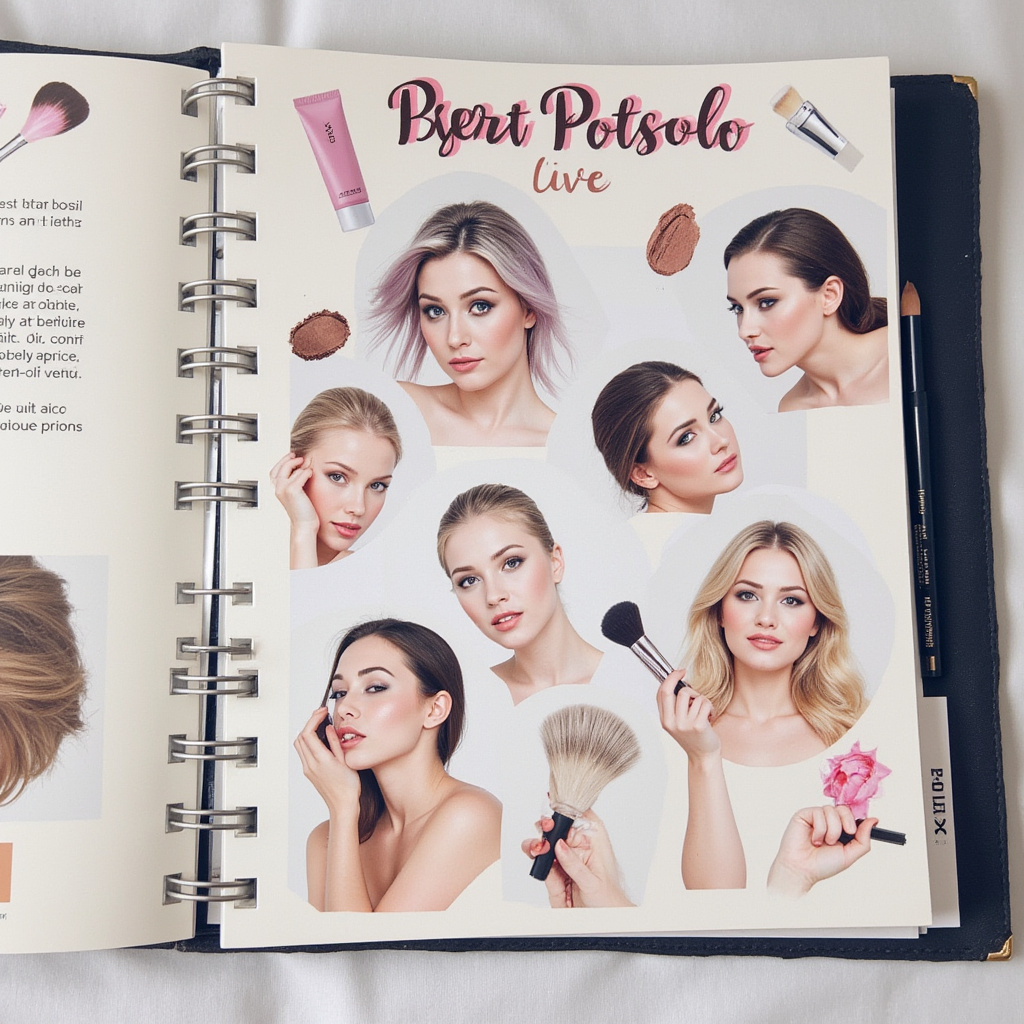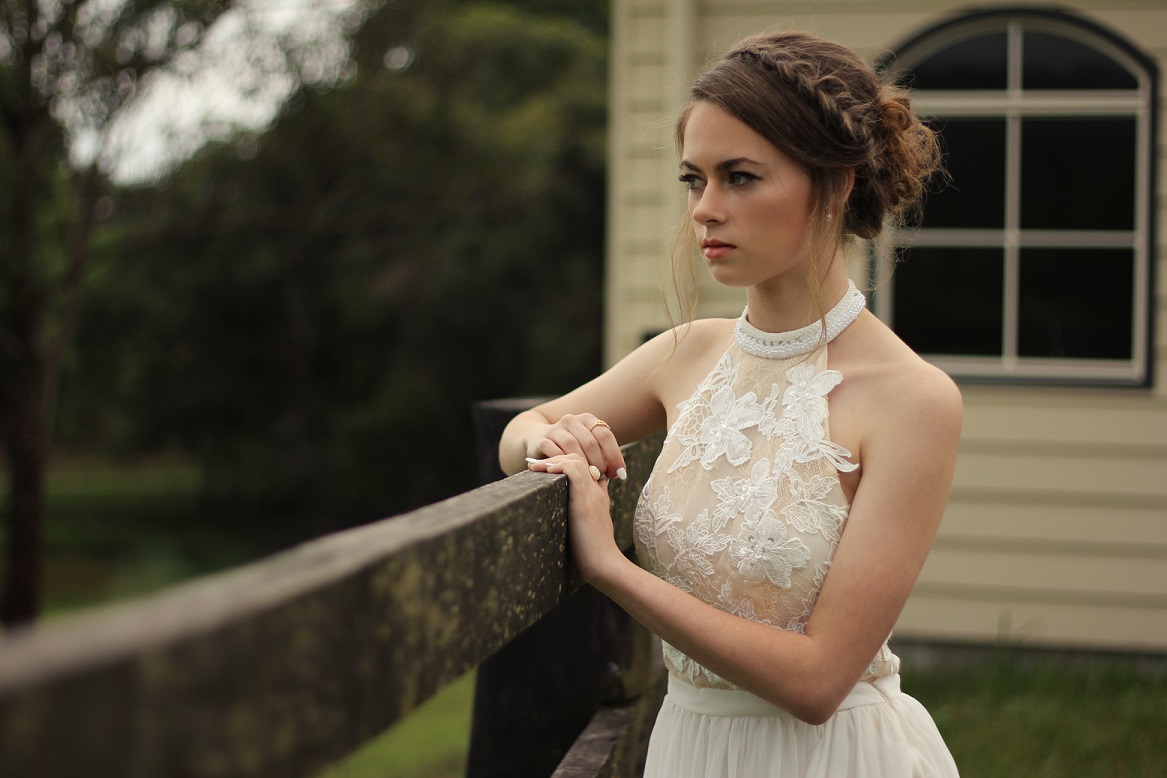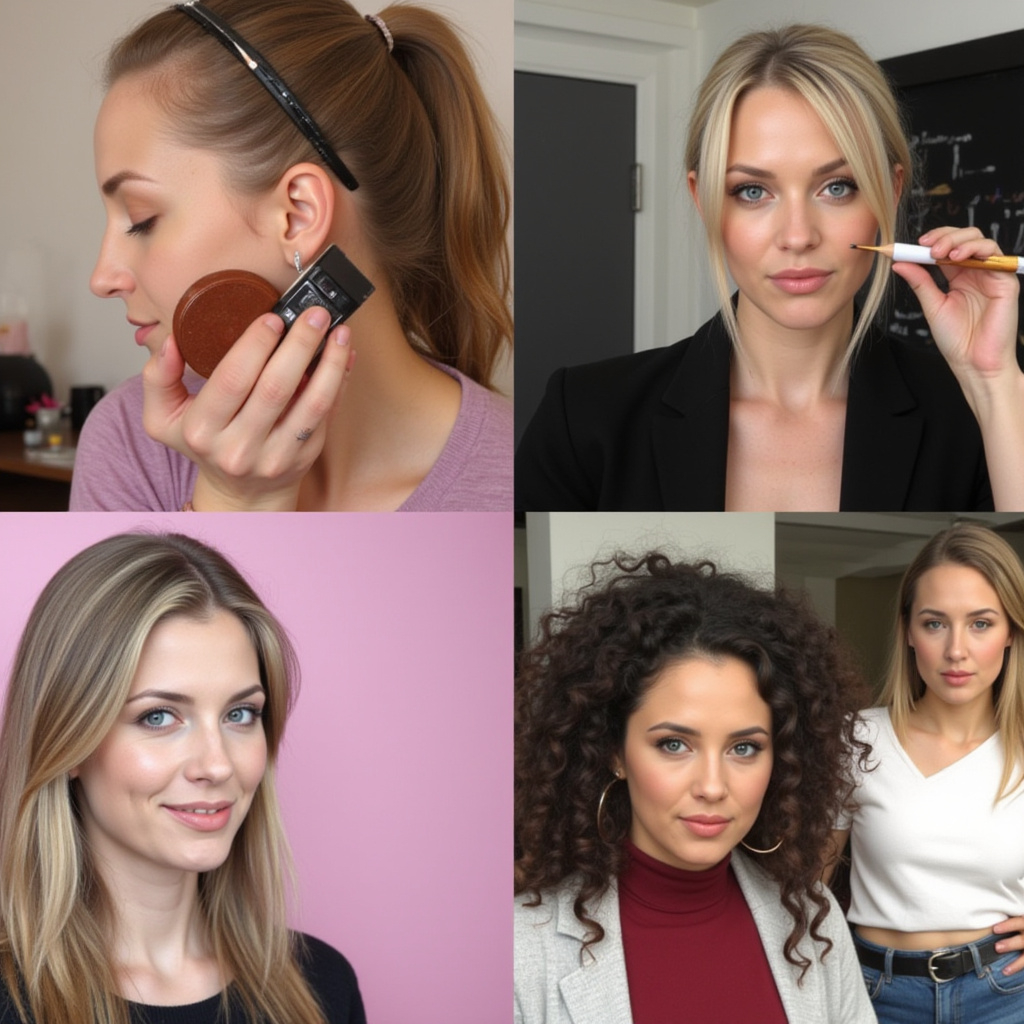A compelling makeup portfolio is your most valuable asset as a makeup artist. It's your visual resume, showcasing your skills, style, and range to potential clients, employers, and collaborators. If you're just starting and haven't had many (or any) professional gigs, building a portfolio from scratch can seem daunting. But with strategic planning, creativity, and dedication, you can create a portfolio that wows. This guide breaks down the process step-by-step.
1. Define Your Niche and Target Audience:
Before you even pick up a brush, decide what kind of makeup artist you want to be. Do you love bridal glam? Editorial high fashion? Avant-garde creative looks? Special effects? Identifying your niche will help you focus your portfolio and attract the right clients. Think about who your ideal client is. This will influence the style and content of your portfolio.
2. Practice, Practice, Practice (and Document):
- Self-Practice: The best way to improve is to practice. Experiment with different techniques, styles, and products on yourself. Document everything with high-quality photos. Even if you don't love the final look, the process and experimentation are valuable.
- Practice on Others: Ask friends, family members, or aspiring models if you can practice on them. This allows you to work with different face shapes, skin tones, and features. Again, take lots of photos!
- Study and Learn: Don't just blindly apply makeup. Study the work of established makeup artists you admire. Analyze their techniques, color palettes, and overall aesthetic. Watch tutorials, read articles, and take online courses to expand your knowledge.
3. Plan Your Shoots (Even Small Ones):
- Concept Development: Every shoot, no matter how small, should have a concept. What story do you want to tell? What mood do you want to evoke? A clear concept will guide your makeup artistry and create a cohesive portfolio.
- Collaborate (or DIY): Reach out to photographers, models, hair stylists, and even clothing stylists. Collaborating allows you to create higher-quality images and build your network. If you're on a tight budget, don't be afraid to DIY. Use a tripod and good lighting at home. Ask friends to model for you.
- Mood Boards: Create mood boards for each shoot. Gather images that inspire you and reflect the desired aesthetic. This will help you communicate your vision to your collaborators (or yourself).
4. The Makeup Itself:
- Showcase Versatility (Within Your Niche): While it's important to focus on your niche, demonstrate some versatility within that area. For example, if you're a bridal makeup artist, show different bridal looks, from natural to glamorous.
- Focus on Flawless Application: Pay attention to the details. Ensure your makeup application is flawless, with smooth blending, even coverage, and precise lines.
- High-Quality Products: Use professional-grade makeup products that photograph well and are long-lasting. This will make a noticeable difference in the final images.
5. Photography is Key:
- Professional Photos (Ideally): The quality of your photos is paramount. If possible, work with a professional photographer who understands makeup photography. They will know how to capture the nuances of your work and create stunning images.
- Good Lighting: Lighting is crucial for makeup photography. Natural light is often the best, but you can also use studio lighting or even a simple ring light. Avoid harsh shadows and ensure the light is even and flattering.
- Editing (Light Touch): Photos should be edited professionally, but avoid over-editing. The makeup should be the focus, not the editing. Keep skin looking natural and avoid excessive smoothing or blurring.
6. Building Your Portfolio (Even Without Professional Shoots):
- Before & Afters: Before and after photos are a great way to showcase your skills. Even if you're practicing on yourself, take before photos and then document the transformation.
- Close-Ups: Detailed close-ups of your makeup artistry are essential. Focus on the eyes, lips, and skin texture.
- Full-Face Looks: Include full-face shots to show the overall look and how the makeup complements the model's features.
- Creative Shots: Don't be afraid to get creative with your photography. Experiment with different angles, compositions, and backgrounds.
7. Curate Your Best Work:
- Quality over Quantity: Your portfolio should showcase only your absolute best work. It's better to have a few stunning images than many mediocre ones.
- Tell a Story: Your portfolio should tell a story about your skills and style. Choose images that flow together and create a cohesive narrative.
- Get Feedback: Ask other makeup artists, photographers, or friends for feedback on your portfolio. They can offer valuable insights and help you identify any areas for improvement.
8. Online Portfolio Platforms:
- Website: A professional website is the best way to showcase your portfolio. Choose a clean and easy-to-navigate template.
- Social Media (Instagram, TikTok): Use social media to share your work and connect with potential clients. However, social media should complement your website, not replace it.
- Behance/Other Portfolio Sites: Platforms like Behance are great for showcasing your work to a wider audience and connecting with other creatives.
9. Keep Updating:
Your portfolio should be a living document. As you improve your skills and create new work, update your portfolio with your latest and greatest images. Aim to refresh your portfolio every few months.
10. Be Patient and Persistent:
Building a strong makeup portfolio takes time and effort. Don't get discouraged if you don't see results immediately. Keep practicing, networking, and creating. The more you put into your portfolio, the more it will pay off in the long run.
Building a portfolio from scratch is a journey, but it's a crucial step in launching your makeup artistry career. By following these tips, you'll be well on your way to creating a portfolio that showcases your talent and opens doors to exciting opportunities. Remember to be patient, persistent, and always strive to improve your craft.







